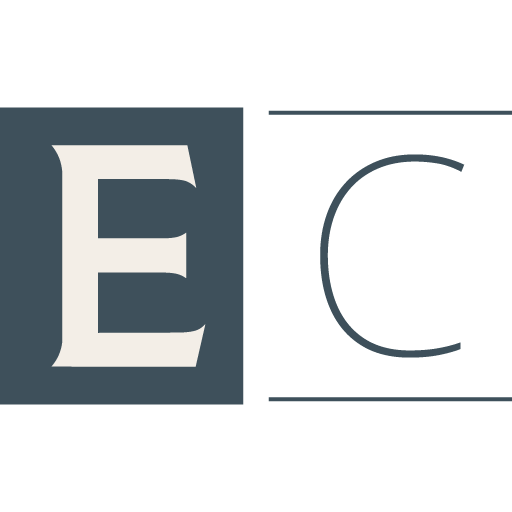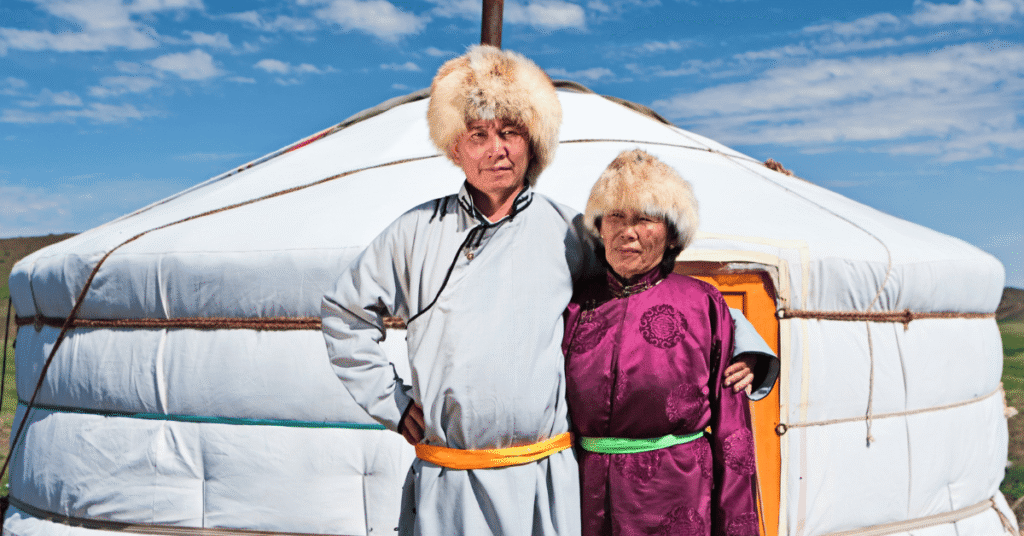Traditional clothing in Mongolia is more than just fabric stitched together for warmth. It carries history, identity, and the spirit of a nomadic nation. For centuries, Mongolian attire has reflected the country’s rugged landscapes, spiritual beliefs, and deep-rooted traditions.
To this day, these garments remain a living symbol of culture, worn during daily life in the countryside as well as during festivals and ceremonies.
Whether you’re drawn by curiosity or planning a journey to Mongolia, exploring traditional clothes gives you a unique window into how people connect with their past while embracing the present.
A Glimpse into Mongolia’s Cultural Heritage
Mongolia’s vast steppes, icy winters, and nomadic way of life shaped the clothing that people wore. Unlike fashion trends in urban centers, Mongolian clothing had to balance practicality and symbolism. Heavy wool, leather, and sheepskin protected herders in freezing winters, while silk and cotton garments were worn during milder seasons or ceremonial occasions.
Traditional attire was not only about survival. Every stitch, button, and color carried meaning. Clothing became a language to express rank, tribe, and even one’s role within a family. For travelers, it is often said that to understand Mongolia, you must first understand its clothing.
The Deel – The Heart of Mongolian Attire
At the center of Mongolia’s wardrobe is the deel, a long robe-like garment. Still widely worn today, the deel is instantly recognizable for its wide sleeves, overlapping front, and tied sash.
- Materials used: Cotton for summer, wool or sheepskin for winter, and luxurious silk for nobility.
- Belt or sash: A crucial feature symbolizing strength and unity.
- Practical design: Protects against cold winds while allowing movement for horse riding and herding.
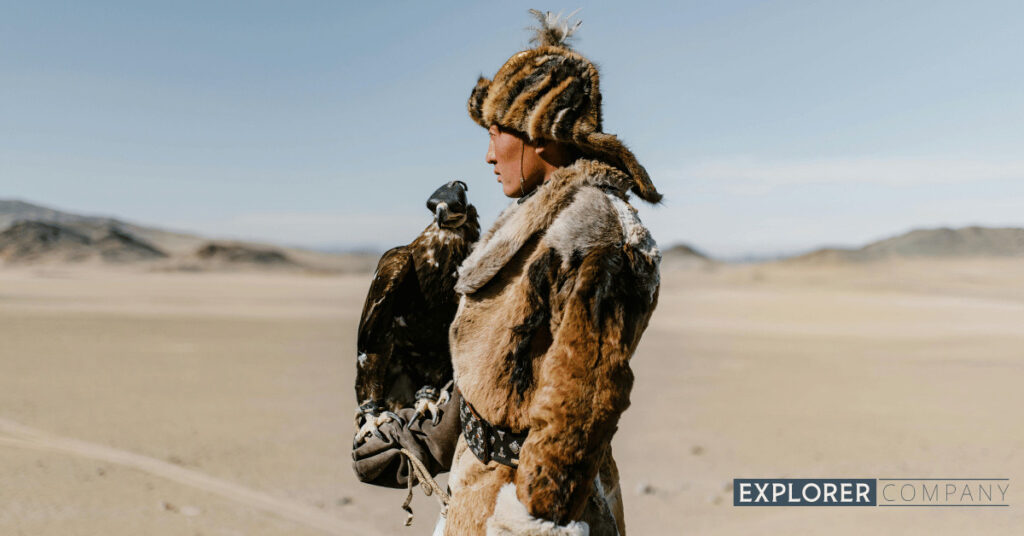
Different regions and tribes developed their own variations. For instance, Khalkha Mongols often wore deels in rich blues and greens, while Buryats had simpler patterns suited for forest life.
Colors and Patterns That Tell a Story
Mongolian clothing is deeply symbolic. Colors are not chosen randomly; they are tied to beliefs, the environment, and historical traditions.
- Blue: Represents the eternal sky, a sacred symbol in Mongolian spirituality.
- Red: Associated with prosperity and celebration.
- Yellow/Gold: Connected with nobility and Buddhist influence.
- Green: Symbolizes harmony with nature.
Embroidery and geometric patterns carried clan identities. Skilled artisans decorated clothes with motifs of clouds, mountains, and animals, reflecting the Mongolian worldview where nature and humans are inseparable.
Accessories That Complete the Look
Traditional attire would not be complete without the iconic accessories that distinguish Mongolian fashion.
Boots (Gutals)
Mongolian boots are known for their upturned toes. These designs are not merely decorative. The raised tips prevent the boot from damaging the earth, reflecting the Mongolian respect for nature.
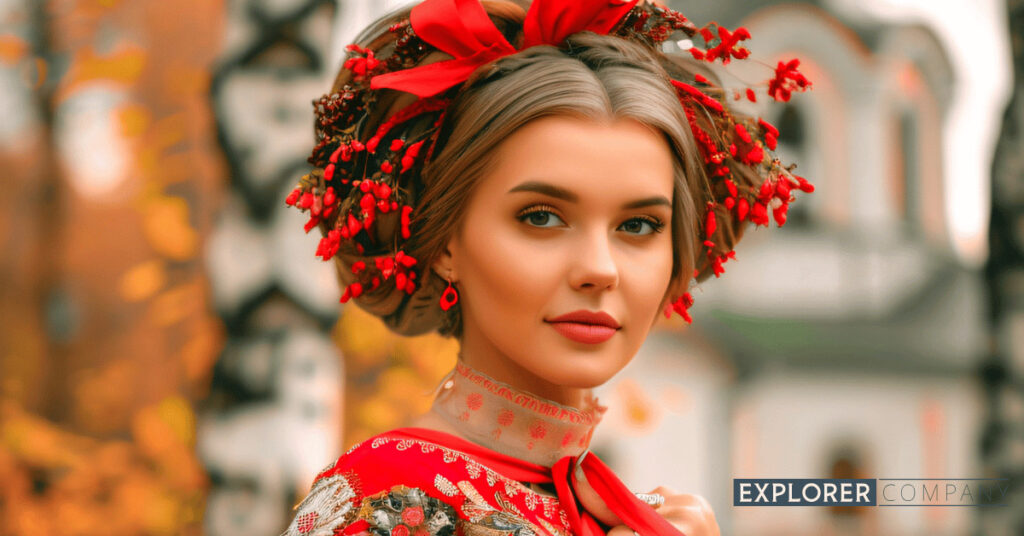
Hats and Headwear
Headwear varies by season and social standing. Fur-lined hats protect against cold, while festive hats are decorated with tassels and jewels. Certain hats, like the loovuuz, are considered symbols of dignity and age.
Jewelry
Women traditionally adorned themselves with silver, coral, pearls, and turquoise. Heavy earrings and elaborate headdresses were common during weddings and ceremonies. Jewelry served as both decoration and a symbol of wealth and family heritage.
Festive and Ceremonial Clothing
Special occasions in Mongolia are marked by vibrant, ornate clothing.
- Weddings: Brides wear richly embroidered deels with elaborate headdresses, sometimes so tall they extend over a foot in height. Grooms also wear decorated robes with bright sashes.
- Naadam Festival: Known as Mongolia’s “three games of men” (wrestling, horse racing, archery), Naadam is also a showcase of traditional dress. Participants and spectators alike wear colorful deels and boots.
- Religious ceremonies: Buddhist monks wear saffron robes, while shamans don clothing decorated with bells, feathers, and symbolic patterns.
These ceremonial clothes highlight how attire is not only practical but also spiritual, connecting people to their community and beliefs.
Regional and Ethnic Variations
Mongolia is home to diverse ethnic groups, each with distinct styles of clothing.
- Khalkha Mongols: The largest ethnic group, known for brightly colored deels.
- Kazakh Mongols: Residing in the Altai Mountains, their attire includes fur-lined coats and eagle hunter gear.
- Buryats: Simpler, forest-adapted garments with muted tones.
- Darkhad people: Heavy, layered clothing for extreme northern climates near Lake Khuvsgul.
This variety reflects how geography and lifestyle influence attire, making Mongolia’s wardrobe a living museum of its people.
The Role of Mongolian Traditional Clothes in Modern Mongolia
While urban fashion in Ulaanbaatar reflects global trends, traditional attire remains strong in both rural areas and cultural events. In fact, many Mongolian designers today draw inspiration from the deel and other traditional garments, presenting them on international stages.
Young Mongolians wear modern versions of the deel during festivals or national holidays. Schools often encourage students to dress in traditional attire during cultural weeks, keeping the practice alive for future generations.
Experiencing Traditional Clothes as a Traveler
One of the most memorable experiences for travelers in Mongolia is wearing a deel. Many tours include opportunities to try on traditional clothes, whether at a local family’s home or during special festivals.
Here are some ways visitors can engage with Mongolian clothing:
- Photo sessions in deels with nomadic families.
- Shopping in local markets for authentic fabrics and handmade boots.
- Joining Naadam Festival tours to see the full spectrum of attire.
- Visiting Kazakh eagle hunters to witness fur-lined garments in action.
Wearing traditional clothes is more than a costume experience. It’s a way to step into the rhythm of Mongolian life and feel the pride locals hold for their culture.
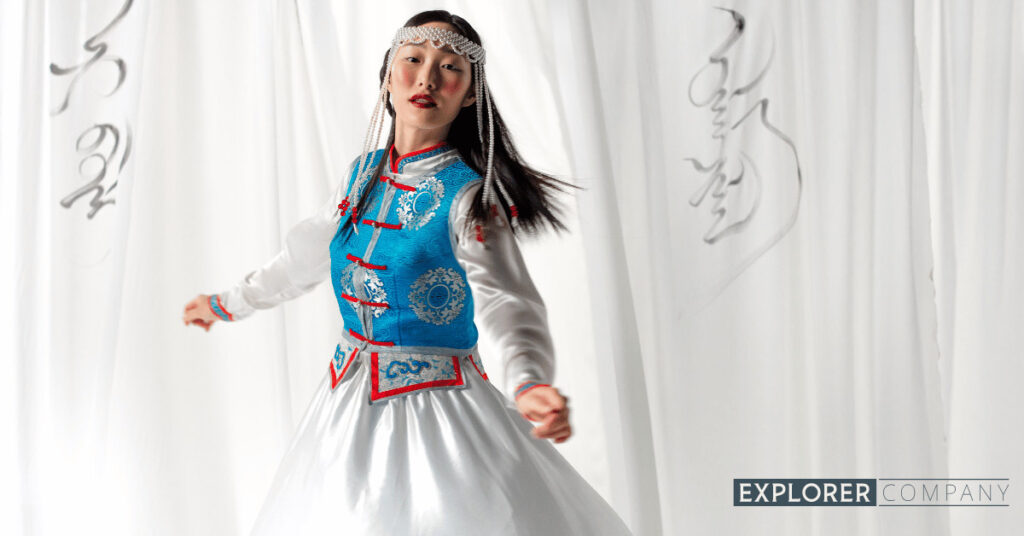
Why Clothing Matters for Your Mongolian Journey
Understanding traditional clothes adds depth to any trip. It gives meaning to the sights, sounds, and stories that travelers encounter. When you see herders in their deels riding across the steppe, or families gathering in colorful robes during Naadam, you witness living history.
Explorer Company specializes in journeys where cultural immersion is central. From private tours to self-drive adventures, we connect you with Mongolia’s traditions in authentic ways. Whether you want to attend a wedding ceremony, experience eagle hunting, or simply learn how to tie a deel sash, our team ensures you return home with stories worth remembering.
Conclusion
Mongolian traditional clothes are timeless because they carry the essence of a people who adapted to one of the harshest environments on earth while staying true to their heritage. Each robe, boot, and piece of jewelry tells a story about survival, spirituality, and celebration.
For travelers, exploring this world of attire is not just about fashion. It is about stepping closer to the heart of Mongolia, where tradition and identity walk hand in hand.
If you are planning a trip, consider making traditional clothing a part of your adventure. With Explorer Company’s tours, you can experience Mongolia’s beauty not just through landscapes but also through the clothes that reflect its timeless culture.
